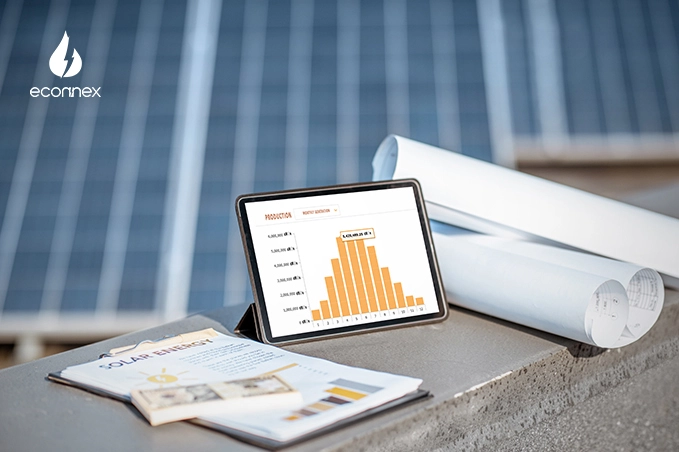Learn how the new VDO rates impact Victorian homes and businesses. Compare electricity prices and take control of your energy costs today.

Published on 23/06/2025
By Pallav Verma
Energy Comparison
Electricity prices are a significant factor in the cost of living, especially in Victoria. For those on standing offers or looking to compare electricity prices, the Victorian Default Offer (VDO) serves as a crucial benchmark.
The VDO is a regulated price set by the Essential Services Commission (ESC). It acts as a safety net for residential and small business customers who have not chosen a market offer with their retailer. The VDO also serves as a reference price, enabling consumers to compare electricity charges and offers with transparency.
From 1 July 2025 to 30 June 2026, the new VDO prices will come into effect. This blog explains the latest changes for both residential and small business customers, the factors driving those changes, and how you can manage your energy costs during this adjustment period.
Note: This information is general in nature and does not consider your objectives, financial situation, or needs. Please consider your circumstances or seek independent advice before making any decisions.
|
Distribution Zone |
2024–25 VDO |
2025–26 VDO |
Change ($) |
Change (%) |
|
AusNet |
$1,902 |
$1,908 |
+$6 |
+0.3% |
|
CitiPower |
$1,456 |
$1,546 |
+$90 |
+6.2% |
|
Jemena |
$1,664 |
$1,638 |
–$26 |
–1.6% |
|
Powercor |
$1,699 |
$1,703 |
+$4 |
+0.2% |
|
United Energy |
$1,554 |
$1,579 |
+$25 |
+1.6% |
|
Statewide Average |
$1,655 |
$1,675 |
+$20 |
+1.2% |
Key drivers for residential price change include a 4% rise in network tariffs, slightly higher wholesale electricity costs (+2%), and a 17% drop in renewable energy scheme liabilities. Retail operating costs have decreased by 5%, with retail profit margins trimmed to ensure fairer pricing.
| Distribution Zone | 2024–25 VDO | 2025–26 VDO | Change ($) | Change (%) |
| AusNet | $4,388 | $4,398 | $10 | 0.20% |
| CitiPower | $3,025 | $3,186 | $161 | 5.30% |
| Jemena | $3,695 | $3,720 | $25 | 0.70% |
| Powercor | $3,331 | $3,508 | $177 | 5.30% |
| United Energy | $3,212 | $3,290 | $78 | 2.40% |
| Victorian Average | $3,530 | $3,620 | $90 | 2.60% |
Small business customers will see mostly modest changes, with some positive offsets due to falling environmental costs and reduced retail margins.
Source: esc.vic.gov.au
Several factors influence the VDO adjustments annually. For 2025–26, the following have played an essential role in price movements.
Higher Network Tariffs
Wholesale Costs
Environmental Costs
Retail Operating Costs and Margins
The VDO changes have a mixed impact on households and businesses. While some zones like CitiPower have seen noticeable hikes, others such as Jemena show reductions. The VDO also serves as a benchmark for comparing market offers. By understanding these numbers, you can make informed decisions when selecting an electricity plan.
Monitoring electricity prices doesn’t need to be overwhelming. By leveraging smart strategies, you can keep your bills as low as possible while maximising savings.
Steps to Take
While the VDO is a safety net, market offers often provide better value. Use reliable comparison tools like Electricity Provider to compare power costs side by side.
Look at your usage habits and identify areas where energy conservation is possible. Use smart meters or apps to keep track in real time.
Consider switching providers during the new VDO period. Learn how via our guide, How to Change Electricity Providers in Australia.
Consider switching to energy-efficient appliances or LED lighting to reduce consumption. Some households may also benefit from solar installations or batteries.
With falling costs for renewable schemes, adding rooftop solar or opting for GreenPower might yield additional savings. Learn more through our blog on Choosing the Best Energy Plan in NSW.
Understanding the updated VDO rates is the first step toward controlling your energy expenses. With potential savings from informed decisions, Victoria’s electricity market changes can work to your advantage.
Use tools like Electricity Provider to explore energy plans that may better suit your usage.




